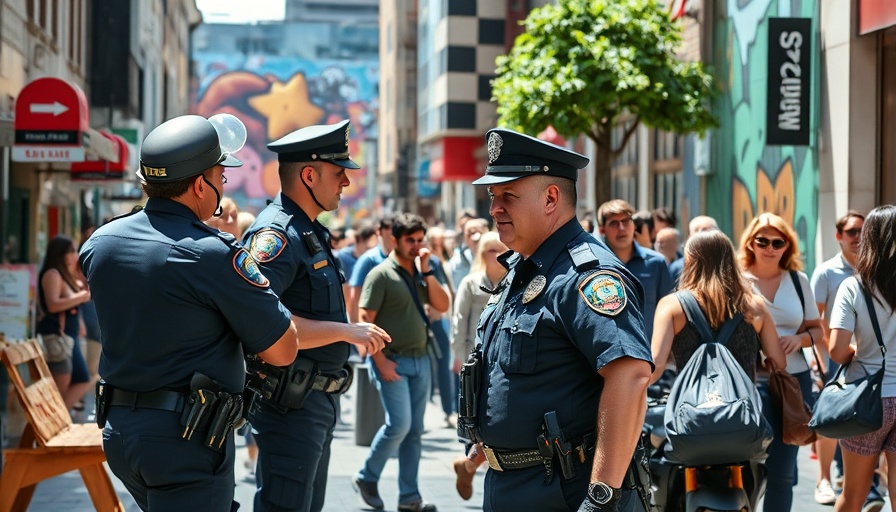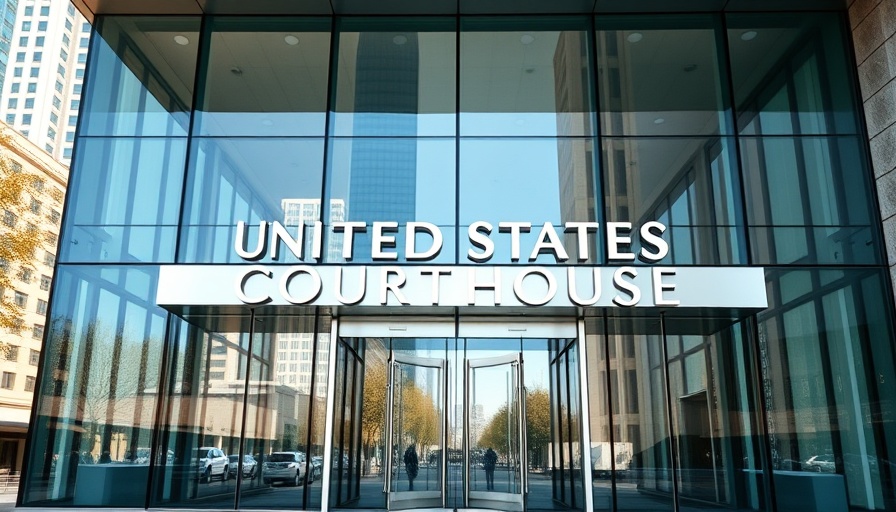
Examining the Divide: Responses to Street Conditions
As the streets of San Francisco remain mired in controversy over how to address deteriorating conditions, various factions are contemplating distinct solutions. Residents and local authorities present conflicting narratives, making it essential to discern whether the current efforts signify tangible progress or merely political theater.
A Historical Context of Urban Challenges
San Francisco has grappled with urban decay for decades, exacerbated by soaring rent prices, rising homelessness, and insufficient infrastructure funding. The political landscape has often been polarized regarding solutions, with different groups advocating for immediate fixes versus long-term planning that encompasses social welfare and public health.
Why it Matters: Social Impact of Street Conditions
The state of urban streets transcends mere aesthetics; it directly influences the community's health and sense of security. Poor conditions can deter foot traffic to local businesses, increase crime rates, and enhance feelings of isolation among residents. Understanding these effects is crucial for stakeholders aiming to foster safer, more livable environments.
Balancing Perspectives: Diverse Views on Solutions
On one side, advocates argue for aggressive cleaning initiatives, while skeptics question their effectiveness. Some see organized volunteer clean-up days as community-building events that promote a sense of ownership and pride. Conversely, detractors warn that these actions offer only superficial relief to systemic problems, often overshadowing underlying issues that require more thoughtful approaches.
Community Voices: Who Speaks for the Streets?
Community forums have become battlegrounds for these debates, with residents voicing their frustrations and aspirations. Parents worry about their children's safety while navigating the streets, and local business owners emphasize that clean environments are vital for their survival. These discussions often highlight the disconnect between policymakers and those most affected by urban conditions.
Trends and Future Opportunities: A Path Forward
Looking ahead, cities like San Francisco have the potential to innovate by leveraging technology to track street conditions and engage citizens in real-time. Initiatives that blend technology with grassroots engagement offer promising avenues for creating sustainable solutions that empower residents while improving urban landscapes.
Conclusion: Critical Insights for Informed Action
The dialogue surrounding street conditions in San Francisco underscores broader themes of urban management and community engagement. Understanding the complexities of these issues prepares residents to take more informed actions that foster their community’s resilience.
Not only do engaged citizens shape local policies, but they also contribute to a more cohesive urban fabric that supports diverse needs. Local authorities must listen to and incorporate input from all factions, striking an equilibrium that addresses immediate concerns while paving the way for systemic change.
 Add Row
Add Row  Add
Add 




 Add Row
Add Row  Add
Add 

Write A Comment